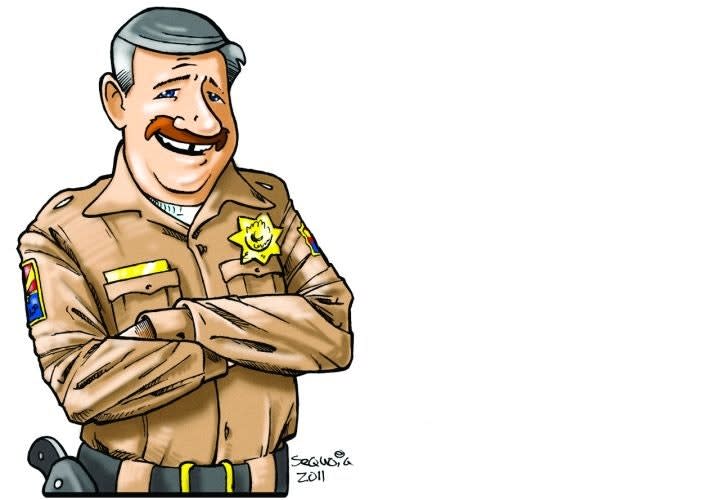As a guy who had a front row seat to the implementation of all these innovations, I have to confess that there were some I thought were going to change the world and still others I was rather dubious about. While using an early prototype of a shooting simulator, I worried we were going to leave artifacts of training like teaching officers to just stand there during critical moments. Yet today, an officer can literally stand in a simulated environment and experience "near reality" critical incidents.
Our SWAT team was one of the first to acquire and use a robot thanks to our innovative leadership and I can tell you firsthand the relief I experienced when the robot delivered the phone to a barricaded suspect in a trailer and the guy answered, talked, and surrendered. That's because I would have been the one to lead the entry into the trailer…no cover there, gang! Speaking of relief, I have watched the development of body armor go from the thick vest I wore in 1975, to sleek concealable models, to wear-on-the-outside models. I remember Arizona DPS Director Ralph Milstead, our boss in the 1980s, trying to get manufacturers to design external armor you could open up when you were back in the car following a traffic stop or other activity to quickly cool down.
You see, I have seen things get better and better and been privy to some of the most remarkable improvements in law enforcement. But at the same time it seems the improvements are stymied in many critical areas. Some equipment seems to just never get better; case in point: belts. When I went through the Cooper Institute's training back in 1980, we discussed the problem of wellness in crime fighting. Police officers died within five years of retirement, were often in terrible shape, and often suffered debilitating back problems.
The shiftwork, the sedentary nature of police work with its hours of boredom punctuated by seconds of intense physical and mental stress, poor nutrition, and the way we carry the weight of our gear on our bodies were all factors we talked about back then. With the combination of fitness/wellness programs educating our people and better equipment it was hoped the lifespans and quality of life of each officer could be improved. I will let you decide how the fitness programs went. The Americans With Disabilities Act put a stake through the heart of many of those programs but some survive.
Now let's take a look at the back pain issue. Studies going way back have said that the belts we wear are not designed to effectively carry the amount of weight they do, and the human body isn't designed to carry it there either. The belts alter our sitting posture, yet we sit most of our shifts. Load-bearing vests and suspenders have been shown to be superior in study after study but still the vast majority of agencies cling to using the same belt I wore in the 1970s. It's time for a change, a refocus on officer wellness.













